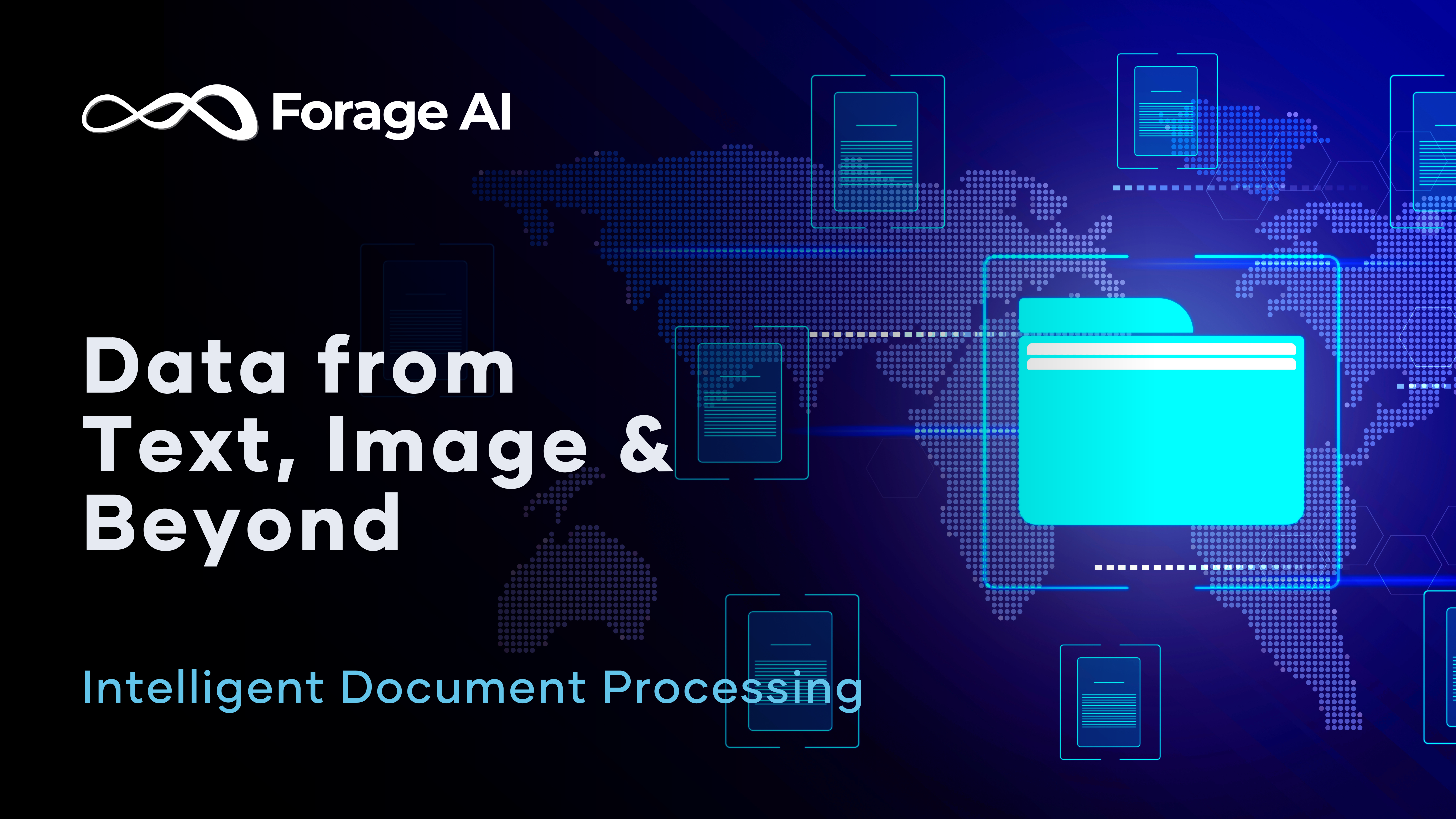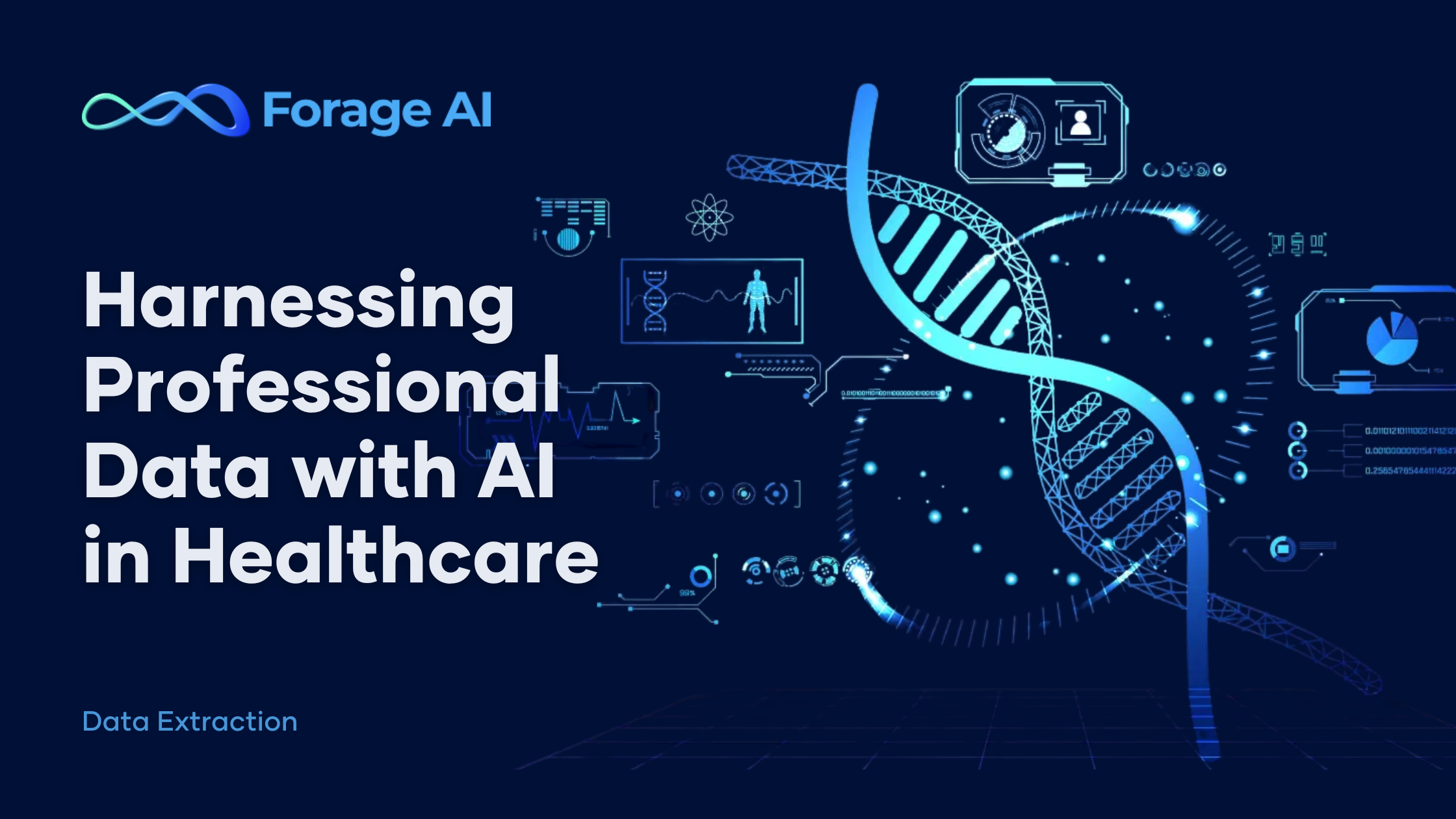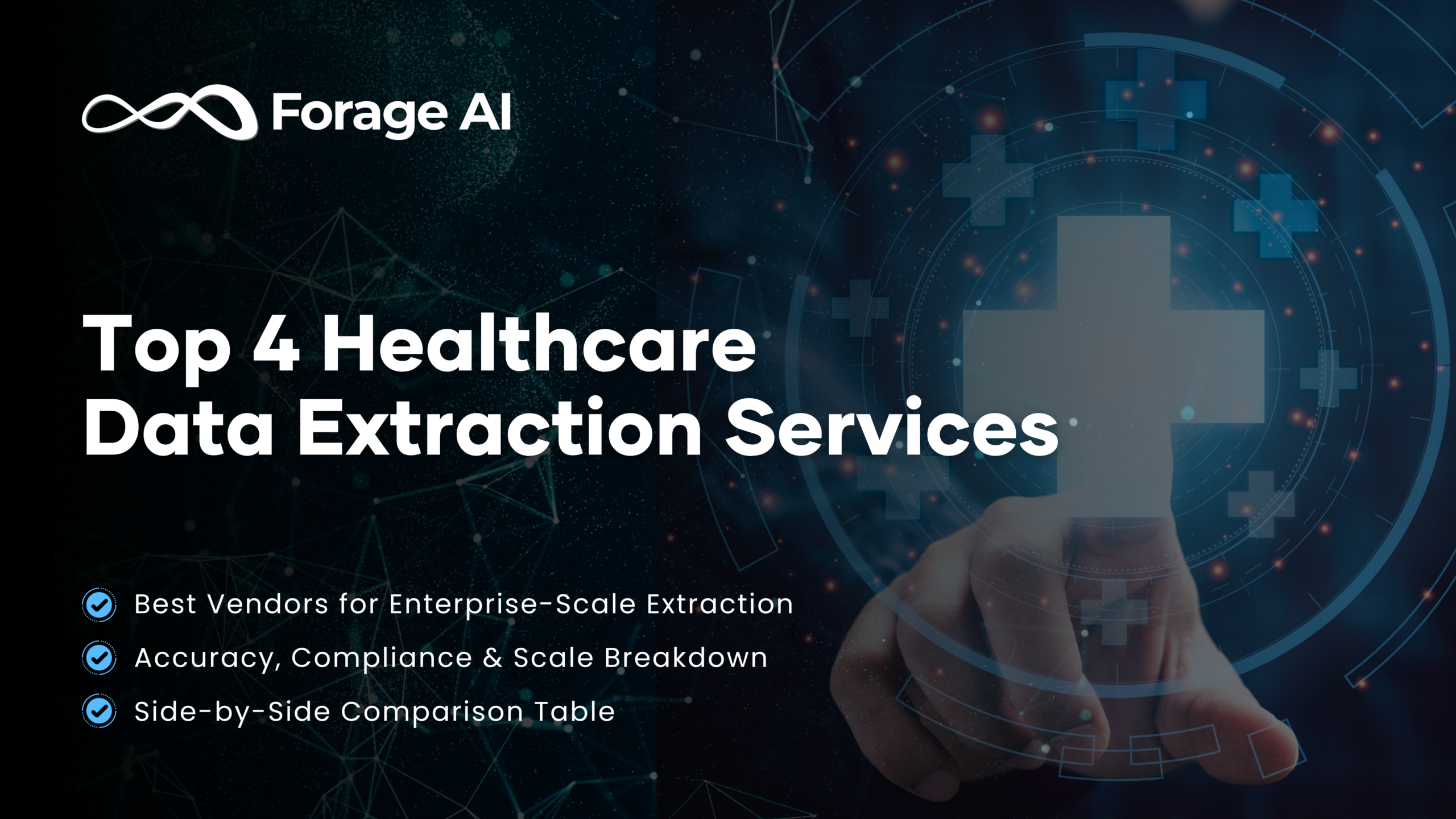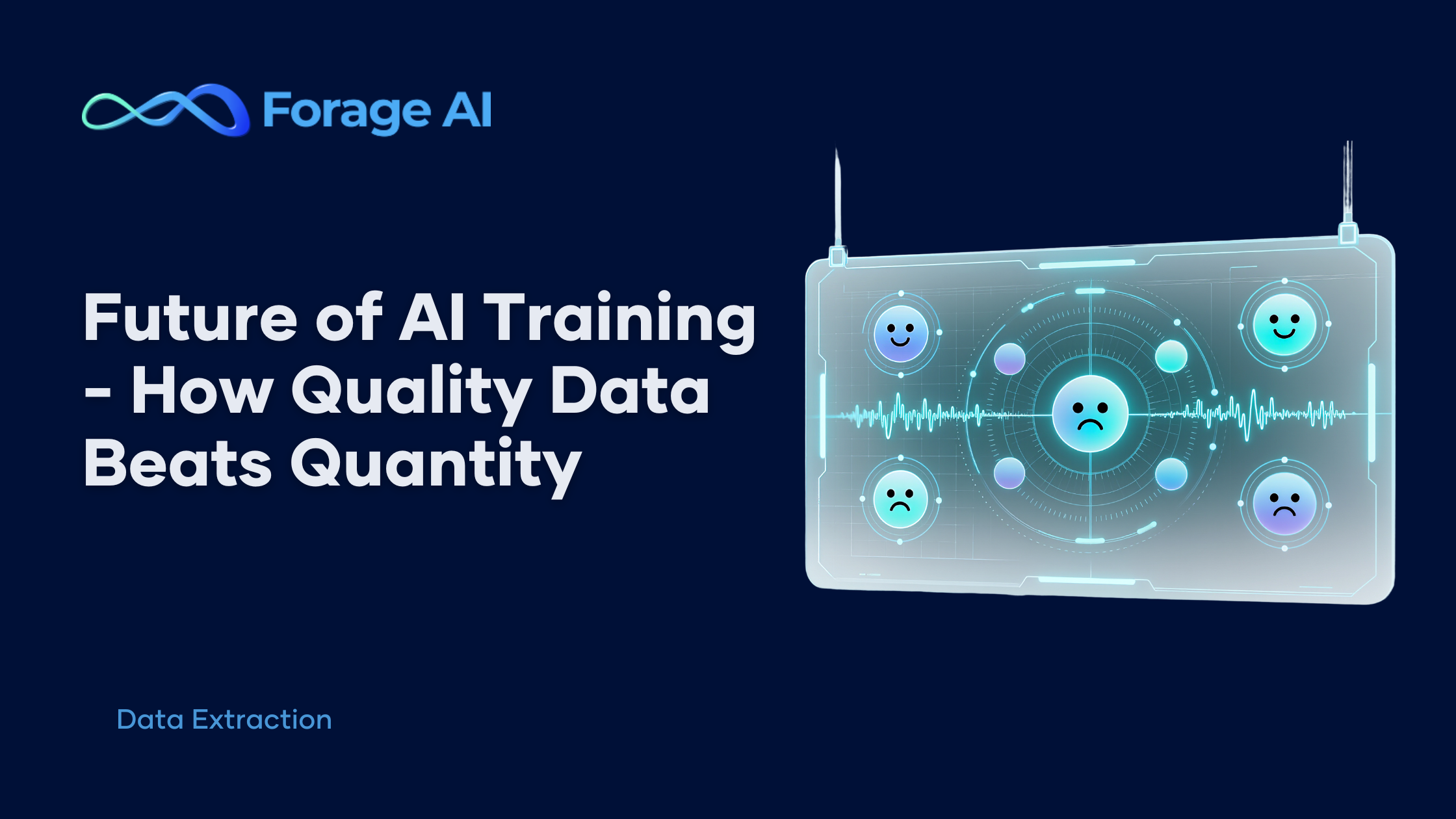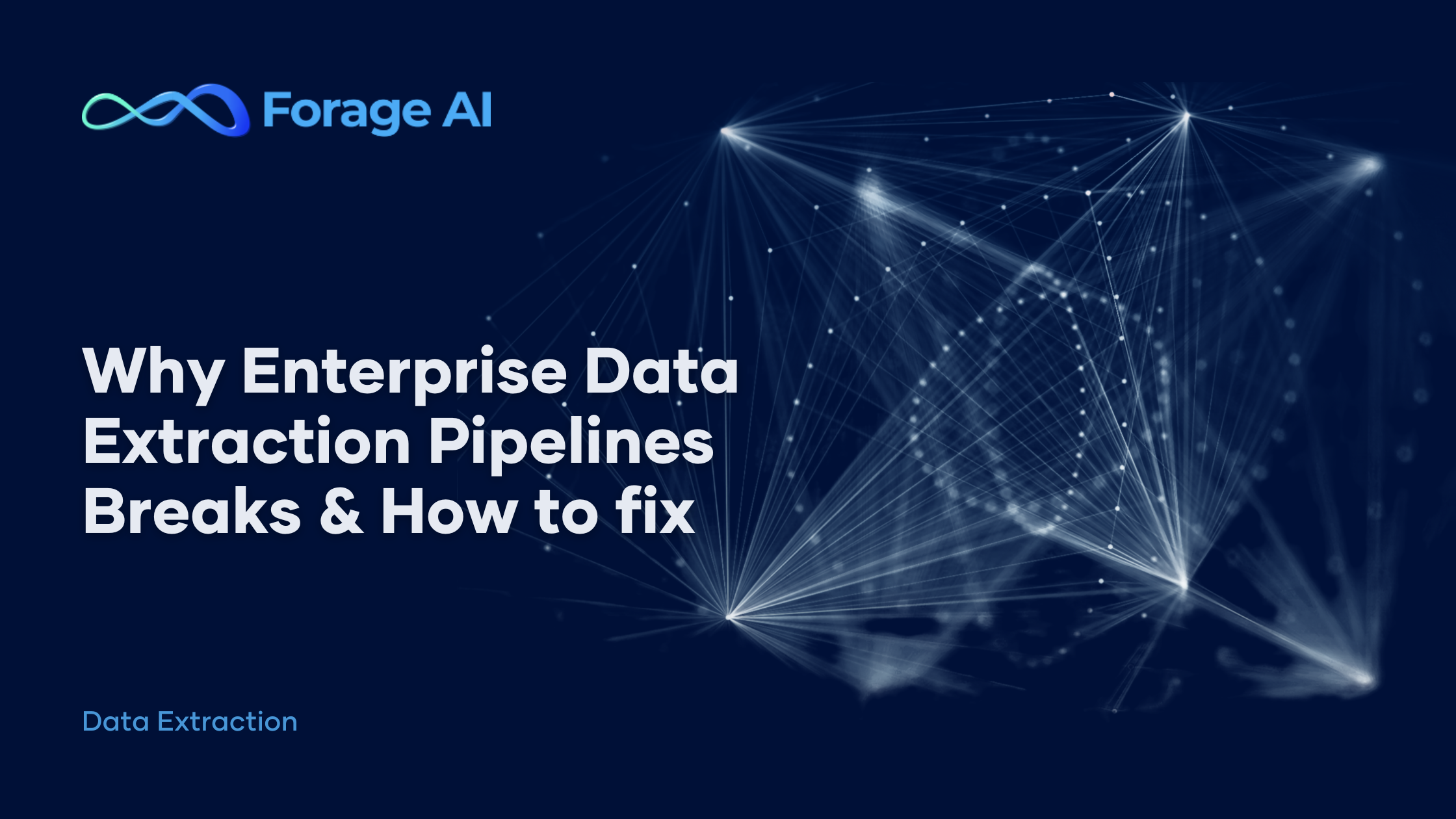Advanced Data Extraction technologies have revolutionized how organizations handle information, but many decision-makers remain uncertain about the full spectrum of data types that can be processed. In this blog, we explore the disparate data types that data processing systems can tackle.
Understanding the Core Data Structures: Structured, Semi-Structured & Unstructured
Before diving into specific data types, let’s understand the fundamental structures underpinning all data:
| Data Type | Description | Examples | Characteristics | Example Case |
|---|---|---|---|---|
| Structured Data | Follows a rigid, predefined format; easy for machines to process. | Relational databases, Spreadsheets, Machine-generated logs | Easily searchable, Clearly defined schema, Typically quantitative | Customer database with fields for name, address, purchase history |
| Semi-Structured Data | Has some organizational properties but does not conform to a rigid structure. | JSON, XML, Email messages, NoSQL databases | Flexible schema, Contains tags or markers, Can be parsed with effort | An email with a subject line, body, and attachments |
| Unstructured Data | Lacks a predefined format; most challenging to process but often contains rich information. | Free-form text documents, Images, Videos, Audio files | No predefined data model, Requires advanced techniques, Often qualitative | Handwritten note or video recording of a customer interview |
Understanding these foundational structures is essential to how data extraction systems handle various data types.
Exploring the Full Spectrum of Extractable Data Types
When we talk about documents, the mind often conjures images of neatly typed pages or perhaps the ubiquitous PDF. But the spectrum of processable data extends far beyond these conventional formats. Intelligent Document Processing (IDP) systems have evolved to handle an impressive array of data types, each with its own quirks and complexities.
The Role of Text in Modern Extraction Workflows
Text remains the bedrock of document processing, but its forms are myriad:
- Plain Text Files: The simplest form, yet often hiding complex structures.
- Rich Text Formats (RTF): Preserving formatting while maintaining processability.
- PDFs: The chameleon of document formats, blending text, images, and more.
- Emails: Not just the body, but headers, signatures, and attachments too.
- Web Pages: HTML and its variations, often with embedded scripts and styles.
IDP doesn’t just read these; it understands context, extracts key information, and can even interpret sentiment and intent.
How IDP Handles Complex Spreadsheet and Tabular Data
Spreadsheets are the lifeblood of many organizations, and IDP has risen to the challenge:
- Excel Files: From simple tables to complex macros and pivot tables.
- CSV and TSV Files: Stripped-down data that requires contextual interpretation.
- Google Sheets: Cloud-based spreadsheets with real-time collaboration features.
Modern IDP solutions can navigate these structured forests of data, extracting insights and transforming raw numbers into actionable intelligence.
Image-Based Data Extraction: From Scans to Visual Diagrams
Visual data presents unique challenges, but IDP is up to the task:
- Scanned Documents: Breathing digital life into paper archives.
- Photographs: Extracting text from signs, license plates, or product labels.
- Diagrams and Charts: Interpreting visual data representations.
- Handwritten Notes: Deciphering the human touch in the digital age.
Advanced computer vision algorithms paired with deep learning models can now extract meaning from pixels with astonishing accuracy.
Processing Unconventional Data Sources: Audio, Video & Social Content
IDP’s capabilities extend to data types that might surprise you:
- Audio Files: Transcribing and analyzing spoken content.
- Video Content: Extracting text from frames and understanding visual context.
- Social Media Posts: Parsing structured and unstructured data from platforms.
- Instant Messages: Analyzing chat logs for insights and patterns.
These diverse data types open new avenues for information extraction and analysis.
Why Unified IDP Systems Outperform Fragmented Workflows
The true power of modern IDP lies in its ability to handle these varied data types not as isolated silos, but as interconnected streams of information. This unified approach offers several key advantages:
- Contextual Understanding: By processing diverse data types together, IDP can derive meaning that might be lost when handling each type separately.
- Cross-Format Validation: Information from one data type can be used to verify or enrich data from another, enhancing overall accuracy.
- Comprehensive Insights: The ability to analyze text, numbers, and visuals in tandem leads to more nuanced and complete understanding of complex documents.
- Efficiency at Scale: Automating the processing of multiple data types simultaneously dramatically reduces manual effort and processing time.
- Adaptability to New Formats: As new data types emerge, robust IDP systems can be trained to handle them without overhauling the entire system.
Key Challenges in Extracting Multi-Format Data
While the capabilities of IDP are impressive, it’s crucial to acknowledge the challenges:
- Data Privacy: Handling diverse data types often means dealing with sensitive information, requiring robust security measures.
- Integration Complexity: Incorporating multiple data types into existing workflows can be technically challenging.
- Quality Variability: The accuracy of processing can vary significantly between data types and sources.
- Regulatory Compliance: Different data types may fall under various regulatory frameworks, necessitating careful compliance management.
The Future of Data Extraction: AI, Automation & Real-Time Insights
As IDP continues to evolve, we can anticipate even greater capabilities:
- Real-Time Processing: Handling streaming data from IoT devices and live feeds.
- Generative AI Integration: Leveraging advanced language models for enhanced content creation and data analysis.
- Augmented Reality Data: Processing information overlaid on the physical world.
The key for decision-makers is to stay informed about these advancements and to critically evaluate how they can be applied to their specific business needs.
How Forage AI Enables End-to-End Multi-Data-Type Extraction
The range of processable data types continues to grow and diversify. For decision-makers, understanding this diversity is imperative for leveraging IDP to its full potential. By embracing the full spectrum of data types, organizations can unlock new insights, streamline operations, and stay ahead in an increasingly data-driven world.
At Forage AI, we excel in all the capabilities described above and beyond, enabling you to capitalize on advanced data automation. Our work in the field includes:
- Invoice Processing at Scale: Extracting and organizing data from thousands of financial documents with precision.
- Social Media Video Transcription: Analyzing and transcribing content across diverse platforms.
- Real Estate Data Extraction: Processing over 260K commercial addresses efficiently.
- Custom Web Data Extraction: Tailoring extraction to your specific business needs.
- Healthcare Data Processing: Structuring sensitive healthcare data for better insights.
- Financial Data Extraction: Pulling structured and unstructured data from reports, filings, and market sources to support analysis and decision-making.
Whether it’s structured or unstructured data, we have production-ready solutions to meet your needs.
The question isn’t whether your organization can benefit from processing diverse data types – it’s how quickly you can start. The tools are here, the capabilities are robust, and the potential for transformation is immense. While your team may currently handle much of this manually or with rudimentary automation and human intervention, the technology is ready to advance further. It’s time to look beyond conventional document types and explore the full richness of data that IDP can handle.
Are you ready to unlock the full potential of your organization’s data? Dive into the world of comprehensive IDP solutions with Forage AI as we help you transform your data from disparate data points into a cohesive, insightful narrative driving your business forward.
